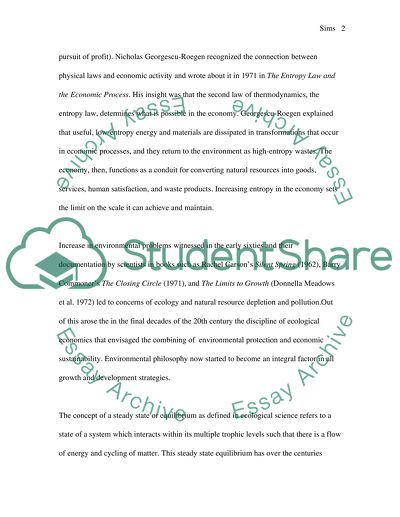Cite this document
(“Steady- State Economics and Environmental Philosophy Research Paper”, n.d.)
Retrieved from https://studentshare.org/family-consumer-science/1419935-steady-state-economics-and-environmental
Retrieved from https://studentshare.org/family-consumer-science/1419935-steady-state-economics-and-environmental
(Steady- State Economics and Environmental Philosophy Research Paper)
https://studentshare.org/family-consumer-science/1419935-steady-state-economics-and-environmental.
https://studentshare.org/family-consumer-science/1419935-steady-state-economics-and-environmental.
“Steady- State Economics and Environmental Philosophy Research Paper”, n.d. https://studentshare.org/family-consumer-science/1419935-steady-state-economics-and-environmental.


